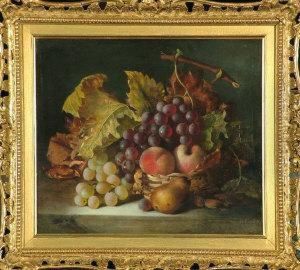Mrs. Frederick North Paintings
Marianne North, known after her marriage as Mrs. Frederick North, was a remarkable English Victorian biologist and botanical artist, whose extensive travels and unique talent for detailed botanical illustration left a significant legacy in the world of botanical art and science. Born on October 24, 1833, in Hastings, England, Marianne was the eldest daughter of Frederick North, a wealthy landowner and Member of Parliament, and Janet Marianne North. Unlike many women of her time, she was educated at home and showed an early interest in plants and painting.
After the death of her mother in 1855 and her sister in 1857, Marianne cared for her father until his death in 1869. It was after this period of family obligations that she began to travel extensively, driven by a passion for documenting plant life and landscapes across the globe. Her travels took her to the United States, Canada, Brazil, Japan, Singapore, Borneo, Indonesia, Australia, and many other regions, where she painted the local flora. North was not only unique in her solo travels at a time when it was uncommon for women to travel alone, but also in her technique; she painted plants in their natural habitats, a departure from the more common practice of botanical illustration which often isolated plants from their environments.
Marianne North's contributions to botanical art are preserved in the Marianne North Gallery at Kew Gardens in London, which she herself designed and funded. The gallery, opened in 1882, houses more than 800 of her paintings and remains a testament to her work and dedication to the natural world. Her paintings are notable for their accuracy and detail, as well as their vibrant depiction of landscapes and plants. North also published a two-volume autobiography, 'Recollections of a Happy Life,' which provides insight into her travels and artistic process.
Marianne North passed away on August 30, 1912, in Alderley, Gloucestershire, England. Her legacy endures through her art and her contribution to the documentation of global plant species, making her one of the most significant botanical illustrators of the 19th century. Her life and work continue to inspire botanists, artists, and travelers alike.
